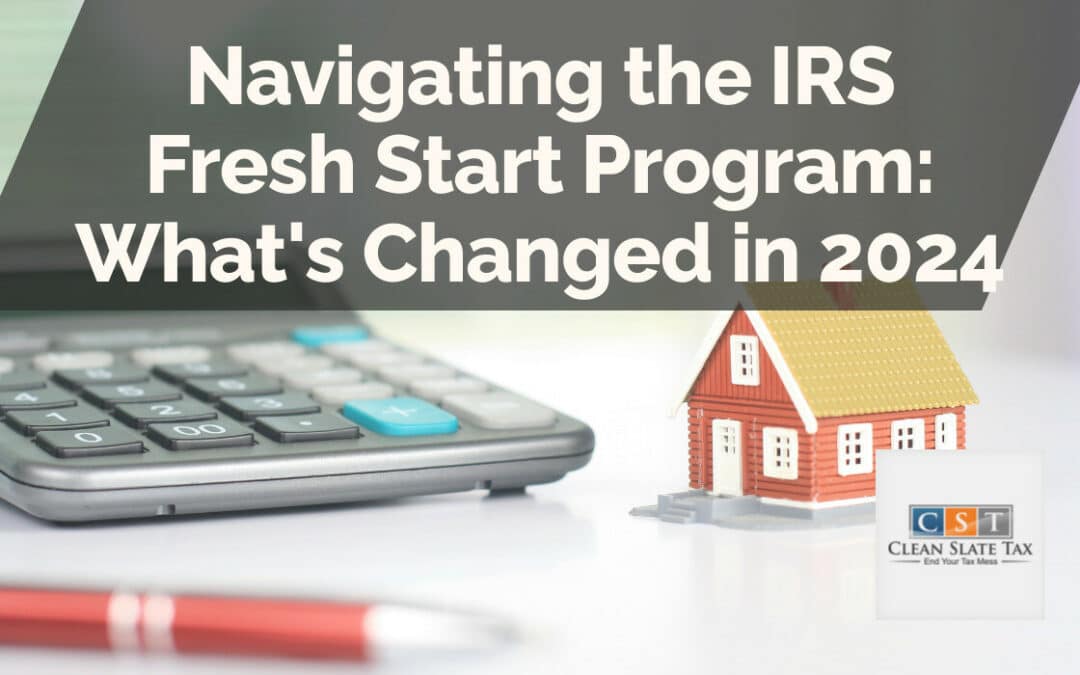The IRS Fresh Start Program underwent substantial changes in 2024, significantly revising its stipulations and provisions. These transformations have brought renewed hope to taxpayers wrestling with unpaid taxes and penalties. This article aims to provide clarity about these changes, shed light on how the Fresh Start Program works, and guide individuals on how to benefit from the program.
What is the IRS Fresh Start Initiative?
The IRS Fresh Start initiative is a relief program the Internal Revenue Service launched to help taxpayers with unpaid tax liabilities. It enables individuals and small businesses to pay their tax debts over time, thus avoiding crippling one-time payments or inflated penalties. After the 2024 changes, the program now incorporates new thresholds for tax liens, extended paintime, and customized payment options.
Changes in the Fresh Start Initiative
Increase in tax lien thresholds
Before 2024, the IRS could file a tax lien against taxpayers who owed more than $5,000. However, with the recent changes, the tax lien threshold has quadrupled to $20,000, providing profound relief to low-liable taxpayers.
Expanded payment span
Previous rules allowed taxpayers up to 72 months to pay the total amount. The reform in the Fresh Start Program extends this period to 84 months, giving taxpayers an additional year to balance their accounts with the IRS.
Detailed Payment Procedures
The revised program also introduces specific payment procedures, including guidelines for calculating payment values, to ensure taxpayer affordability. This change helps guarantee that taxpayers aren’t burdened with payments they can’t manage.
Benefits of the Fresh Start Program
- An increased threshold for tax liens, which reduces the risk of having your assets seized.
- The extended payment span offers a bit more financial breathing room.
- Detailed and personalized payment terms ensure manageable requisites for taxpayers.
Frequently Asked Questions
Who is eligible for the Fresh Start Program?
Any taxpayer, whether an individual or small business, with unpaid tax liability, can apply. However, the IRS will need to verify your financial situation to determine your fittingness for the program.
How do I apply for the Fresh Start Program?
To apply, you should use IRS Form 9465: Installment Agreement Request. The form can be filled out online, mailed, or delivered in person at your local IRS office.
What happens if I fail to meet the payment terms under the program?
If you fail to meet the stipulations of your agreement, the IRS can revoke your agreement. Consequently, they could seize your assets or income till your debt is settled.
In conclusion, the changes brought by the IRS Fresh Start Program in 2024 are game-changing and open a new world of opportunities for taxpayers to manage their tax debt. Armed with this understanding, handling unpaid taxes should become a much less daunting task.





